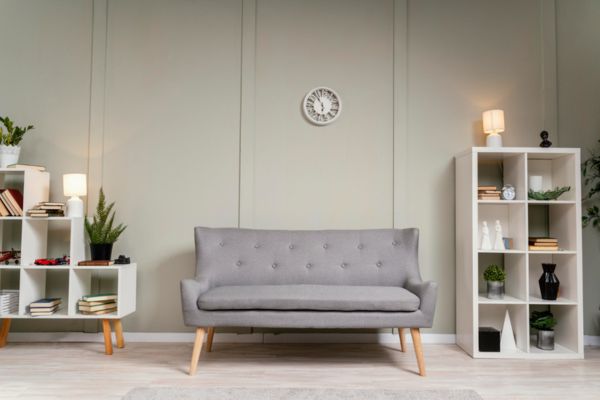Home» Environment Management Analysis» Indoor Air Quality Monitoring
Indoor Air Quality Monitoring
It is an important process for determining levels of indoor air pollutants that may affect occupant productivity and well-being. Good and healthy air quality in the workplace can increase the comfort, productivity and well-being of employees. Perfect Pollucon Services monitors indoor air with indoor air quality equipment for various domestic and industrial harmful parameters. Regular indoor air quality testing can help identify air quality problems.

Indoor Air Quality Testing Services
Our company provides indoor air quality (IAQ) testing or monitoring services for residential and commercial buildings. We are certified to test/monitor home and office parameters such as temperature, humidity, carbon monoxide, microbial contamination, particulate matter and volatile organic compounds etc.
Indoor air quality monitoring
Indoor air quality is a growing problem and directly affects people's health. Gases such as carbon monoxide, microbial contamination, particles or volatile compounds affect IAQ in different ways. Air Testing q…In India, 80% of people spend their time indoorsIndoor Air Quality Monitoring and Testing (IAQ)Indoor Air Quality Monitoring and Testing (IAQ)Air quality is therefore important for employers and building owners. ensure a safe working environment for employees.Indoor air quality can be affected by gases, particles, bacteria, etc. Its quality can be improved by using filters, source control and proper ventilation.Indoor air quality in homes can be improved by cleaning carpets, it also depends on the number of family members, pets, smokers etc.Indoor air quality determination includes process air sampling, testing and analysis of the collected sample. different parameters. The biggest source of indoor air pollution is the burning of wood, manure and coal in households to prepare food.Indoor air quality refers to the quality of indoor air in buildings, as represented by humidity, temperature, and air pollutants that can affect occupant comfort, health, and performance.
Monitoring and Testing of Indoor Air Quality Parameters
In the process of measuring indoor air quality, the comfort parameters are mainly temperature, humidity and air flow (HVAC).True radon, CO2, mold, harmful chemicals, dust (respirable particulate matter, RSPM - PM10 and PM2.5), volatile organic compounds (VOC) and ozone must be monitored. Most indoor environmental quality problems can be solved by examining the source of CO2 and indoor ventilation without specific parameters.Indoor air quality monitoring parameters are divided into comfort parameters and pollution parameters. Comfort parameters consist of temperature, relative humidity and air flow. These parameters are directly related to human comfort. Monitoring and testing of indoor air quality also includes measurement of pollutants harmful to humans.
| IAQM Parameters | WHO Guidelines | ASHRAE | OSHA | NAAQs/EPA |
|---|---|---|---|---|
| PM10 | 50 µg/m3 (24 hr) | – | 15 mg/m3 (total) | 150 µg/m3 (24 hr) |
| PM2.5 | 25 µg/m3 (24 hr) | – | 5 mg/m3 | 65 µg/m3 (24 hr) |
| SO2 | 20 µg/m3 (24 hr) | – | 5 ppm (8 hr) | 140 ppb(24 hr) 75 ppb(1 hr) |
| NO2 | 200 µg/m3 (1 hr) 40 µg/m3 (Annual) | – | 5 ppm (8 hr) | 53 ppb (annual) 100 ppb (1 hr) |
| CO | 10 ppm (8 hr) | 9 ppm (8hr) | 50 ppm (8 hr) | 9 ppm (8hr) |
| CO2 | - | 1000 ppm | 5000 ppm | - |
| Humidity | - | 30% -65% | - | - |
| Temperature | - | 68°F – 74.5°F (20-23.6oC)(winter) 73°F – 79F° 22.8-26.1oC)(summer) – | - | - |
